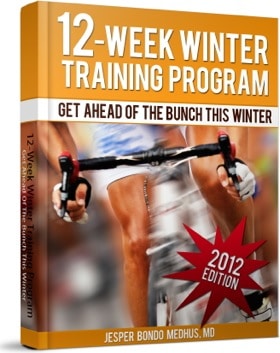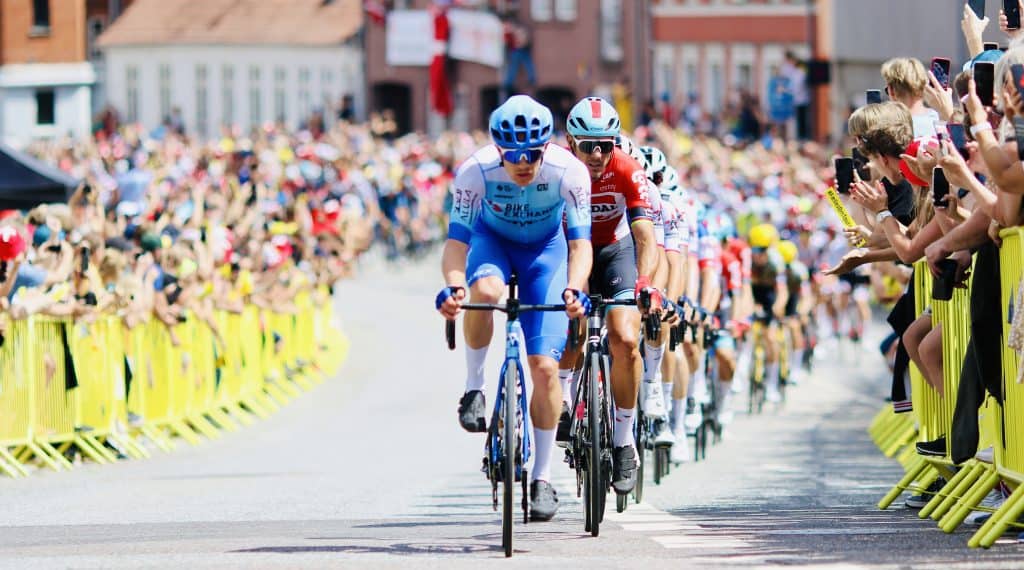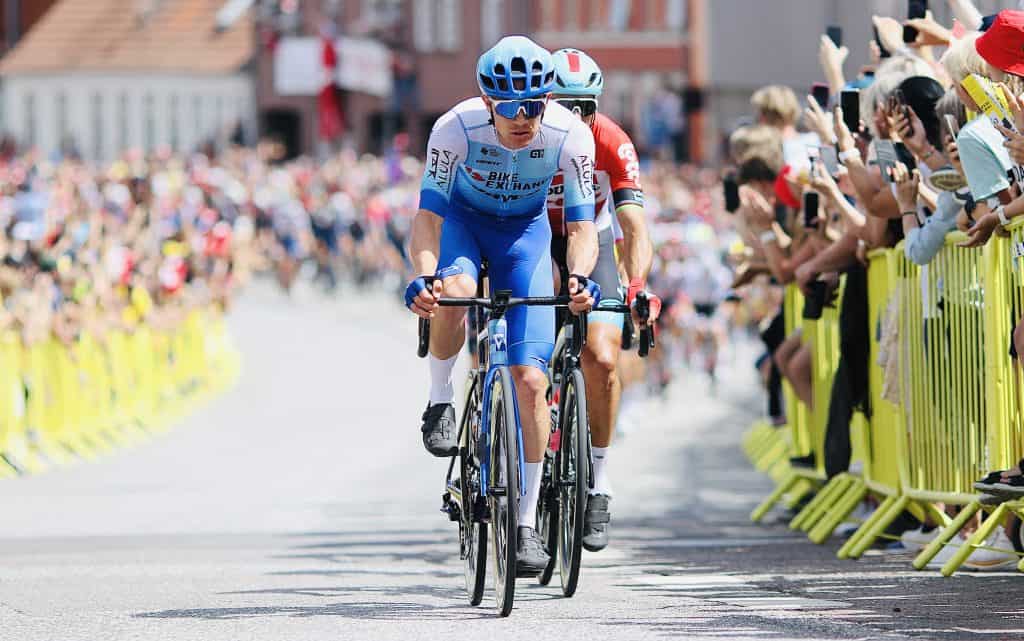7 Things I Would Do If I Were Starting From Scratch
Even though I believe in intelligent training methods, there is no doubt that hard work is mandatory to reach the stars. The saying is “no pain, no gain,” and there’s no doubt a bit of suffering can go a long way if you want to beat the opposition. The first rider I made a training […]
7 Things I Would Do If I Were Starting From Scratch Read More »





